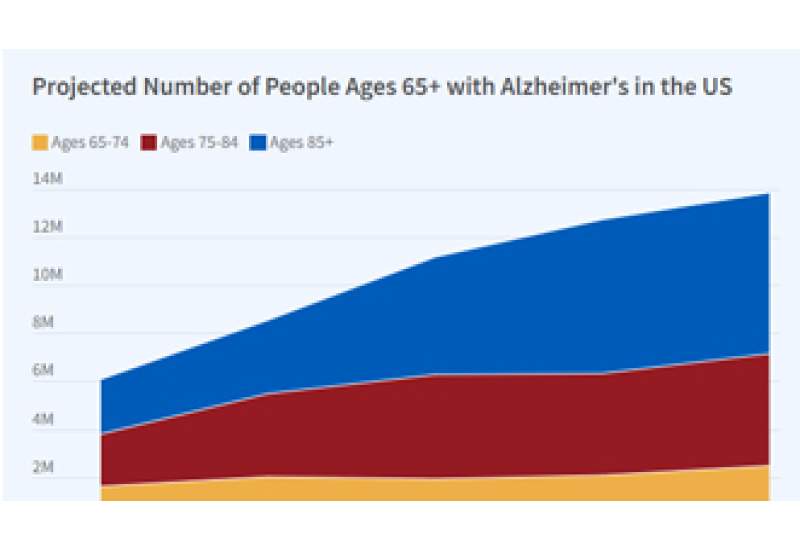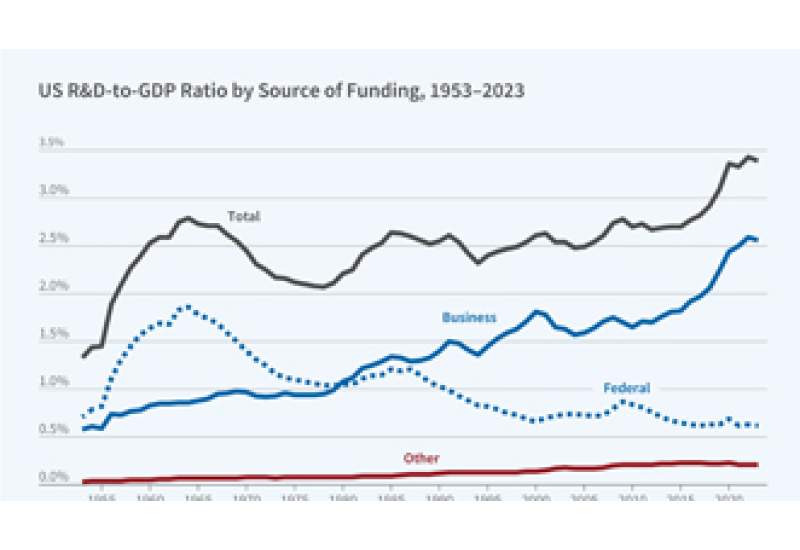National Bureau of Economic Research
Latest from the NBER
A research summary from the monthly NBER Digest
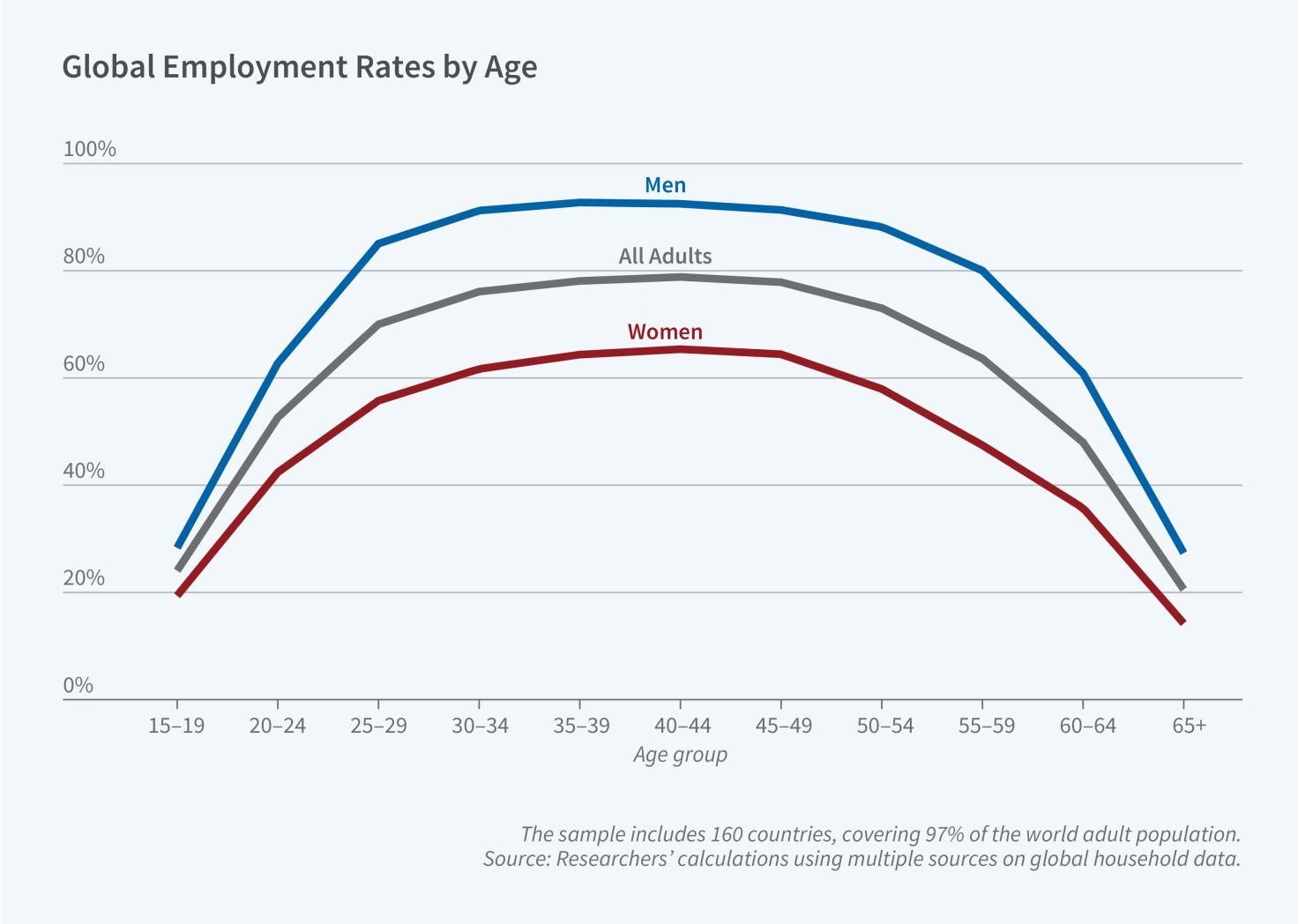
Variation in Working Hours Across Countries and Over Time
article
Past studies of working hours have covered limited sets of countries or focused primarily on wealthy nations, leaving significant gaps in our understanding of global labor patterns. In Global Working Hours (NBER Working Paper 34217), Amory Gethin and Emmanuel Saez construct the most comprehensive database on working hours to date, covering 160 countries and 97 percent of the world's population. They combine labor force surveys from multiple sources, including the International Labour Organization, the World Bank, and national statistical offices, and assemble both cross-sectional data for recent years and time series spanning over 20 years for 86 countries.
From the NBER Reporter: Research, program, and conference summaries
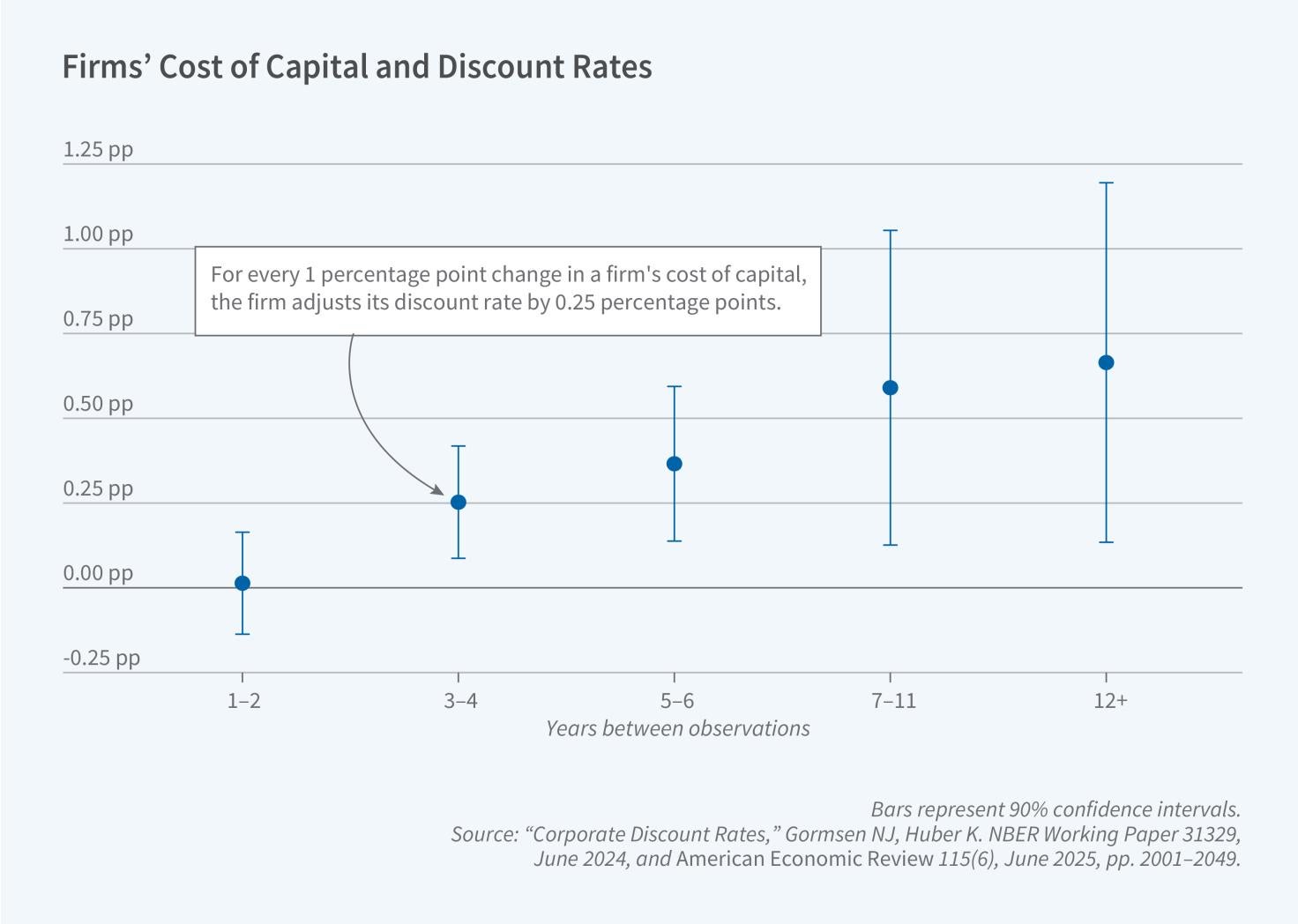
Firms’ Discount Rates and Investment
article
Discount rates play a key role in firms’ investment decisions. In standard theory and in practice, firms undertake an investment project if the expected return of the project exceeds a required return, which is known as the “discount rate” or “hurdle rate.” A large body of research has studied how firms should set discount rates, but relatively little work has explored how real-world discount rates change over time and whether discount rate dynamics shed light on the behavior of firms and the aggregate economy.
In a recent set of papers, we analyze new hand-collected data on the discount rates used by large corporations. The data confirm that discount rates determine investment. But the real-world behavior of discount rates deviates substantially from standard theory. Discount rate dynamics help us…
From the NBER Bulletin on Health
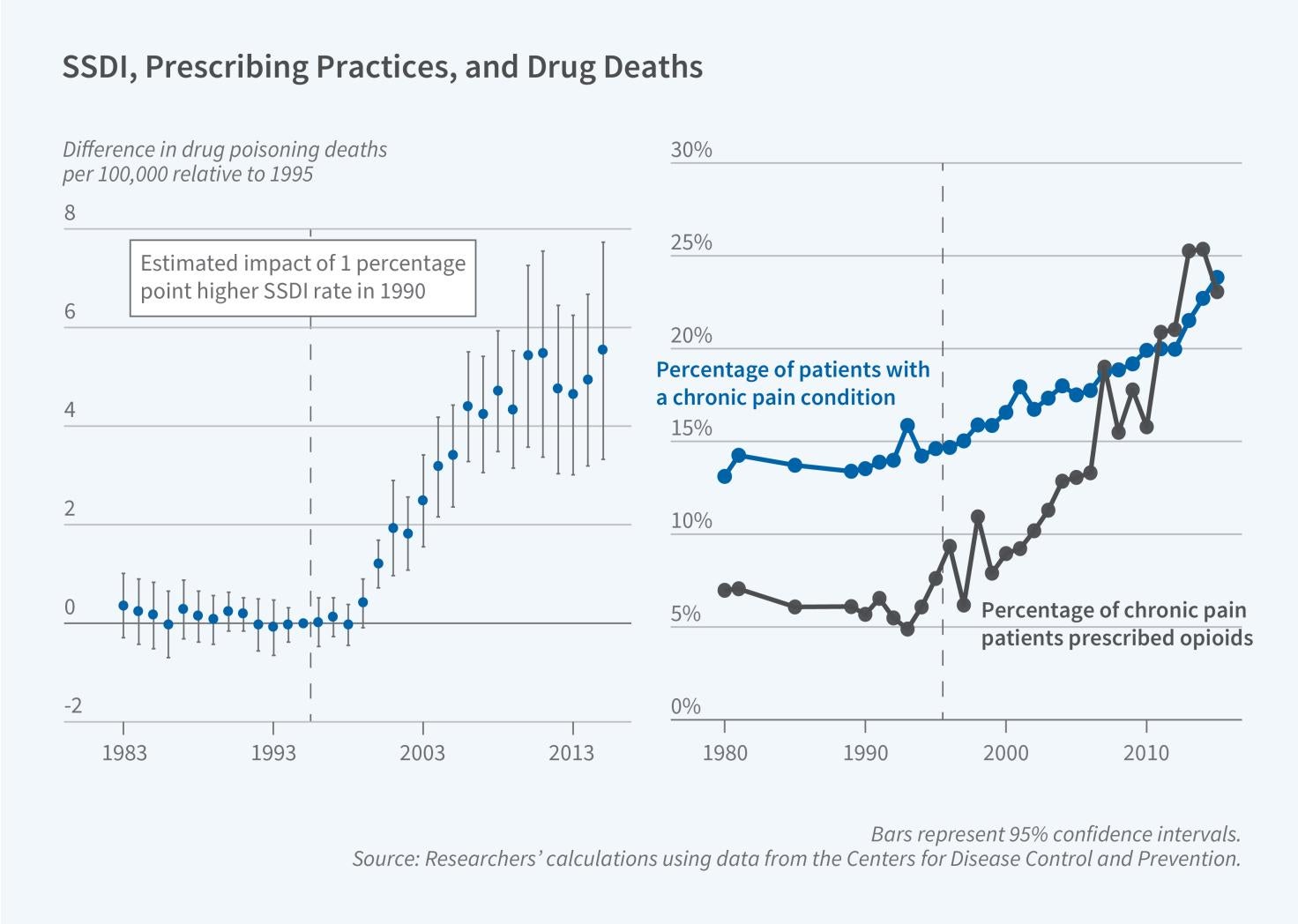
Pain Management and the Opioid Epidemic
article
Death rates due to drug poisonings began to surge in the US in the mid-1990s, marking the emergence of an epidemic that has persisted for three decades. The health consequences have been stark, with annual deaths exceeding 100,000 since 2021.
In Prescription for Disaster: The SSDI Rate, Pain, and Prescribing Practices (NBER Working Paper 34265), William N. Evans and Ethan M. J. Lieber examine characteristics of counties in 1990—prior to the surge—that predict the county-level severity of opioid deaths after 2000. After considering a wide range of potential determinants, they focus on one factor: the percentage of the working-age population...
From the NBER Bulletin on Entrepreneurship
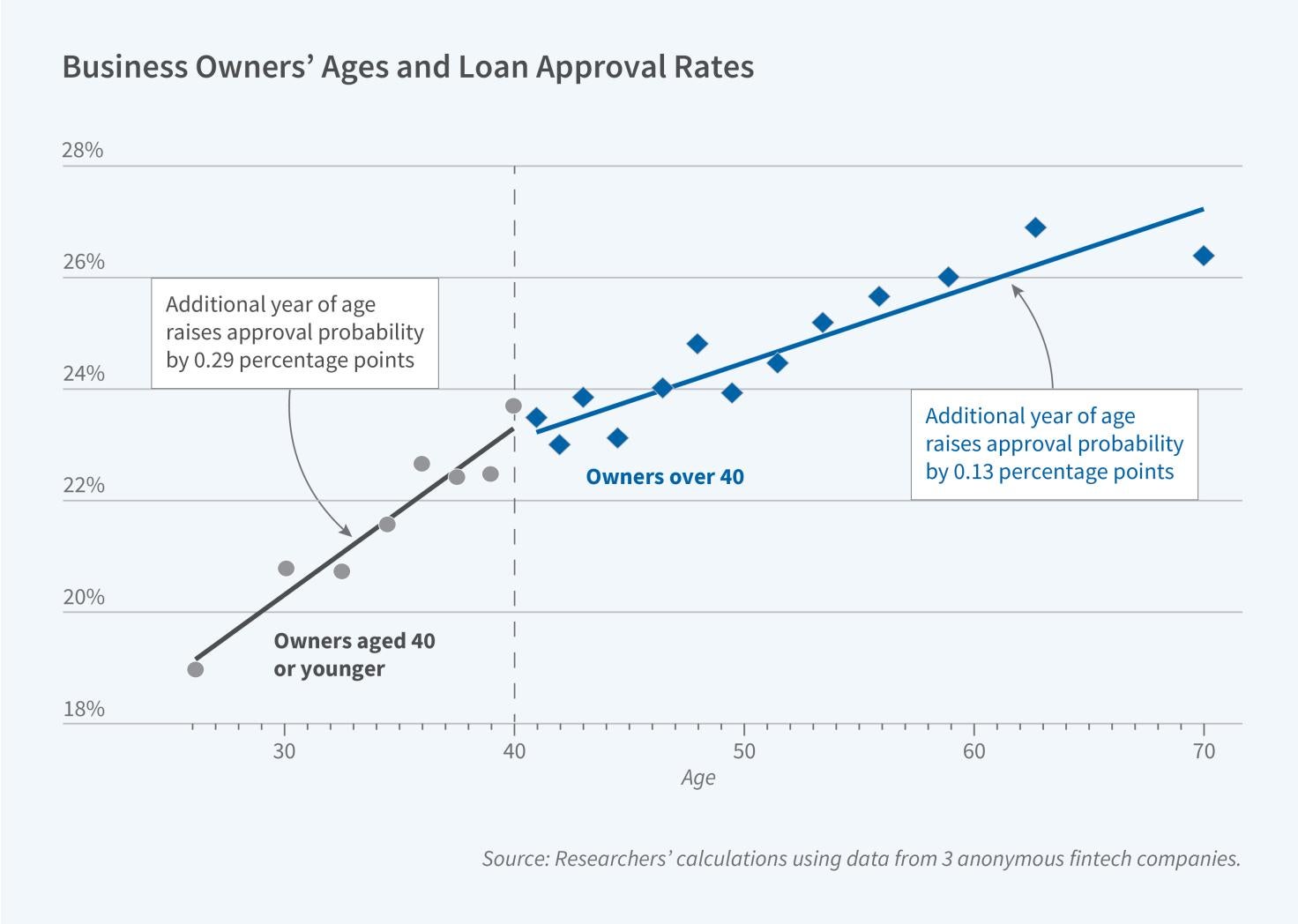
Underwriting Based on Cash Flow Helps Younger Entrepreneurs Access Credit
article
Younger entrepreneurs are disadvantaged in small business loan markets because lenders rely heavily on personal credit scores, which favor long histories of repaying debt. In Modernizing Access to Credit for Younger Entrepreneurs: From FICO to Cash Flow (NBER Working Paper 33367), researchers Christopher M. Hair, Sabrina T. Howell, Mark J. Johnson, and Siena Matsumoto document this fact and show that younger entrepreneurs benefit from underwriting that augments personal credit scores (like FICO) with cash flow data. They analyze comprehensive…
Featured Working Papers
Over the period 2015–2019, a one-dollar increase in e-cigarette taxes was associated with a drop in youth vaping of 5.7 percentage points, but this effect attenuated to just 2.4 percentage points over the period 2020–2023, according to Dhaval M. Dave, Tessie Krishna, Yang Liang, and Joseph J. Sabia.
Anwar Assamidanov, Dhaval M. Dave, Jooyoung Kim, Brandy Lipton, Xuechao Qian, and Joseph J. Sabia find that state-level paid sick leave mandates are associated with more than a 6 percent increase in initial claims for SSI benefits, with the strongest effects on children under 18.
Nursing home patients with dementia assigned to rooms with cognitively healthy roommates experience a 5.1 percentage point reduction in 90-day mortality, while cognitively healthy patients assigned to rooms with cognitively impaired roommates do not experience higher 90-day mortality, according to Alden Cheng and Martin B. Hackmann.
Cancer patients at the 90th percentile of risk of adverse events are 2.5 times more likely to experience a treatment-induced hospitalization than those at the 10th percentile, yet those at the 10th percentile are 4 times more likely to enroll in trials. This leads trials to underestimate adverse events by 15 percent according to Jason Abaluck, Leila Agha, and Sachin Shah.
From 1960–2020, rapid productivity growth in Japan and China reduced the US share of global GDP but raised US aggregate welfare by between 0.1 and 0.2 percent through lower consumer prices, according to Zhuokai Huang, Benny Kleinman, Ernest Liu, and Stephen J. Redding.
In the News
Recent citations of NBER research in the media
_______________________________________
Research Projects
Conferences
Books & Chapters
Through a partnership with the University of Chicago Press, the NBER publishes the proceedings of four annual conferences as well as other research studies associated with NBER-based research projects.
Videos
Recordings of presentations, keynote addresses, and panel discussions at NBER conferences are available on the Videos page.

